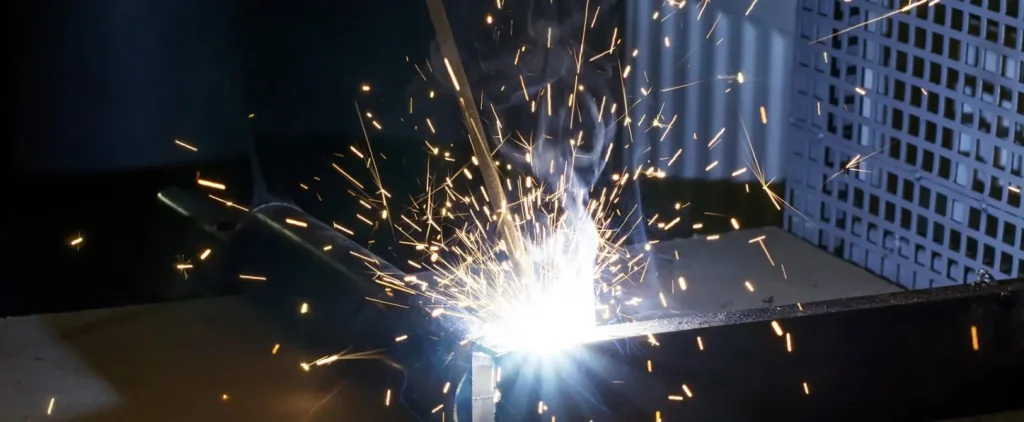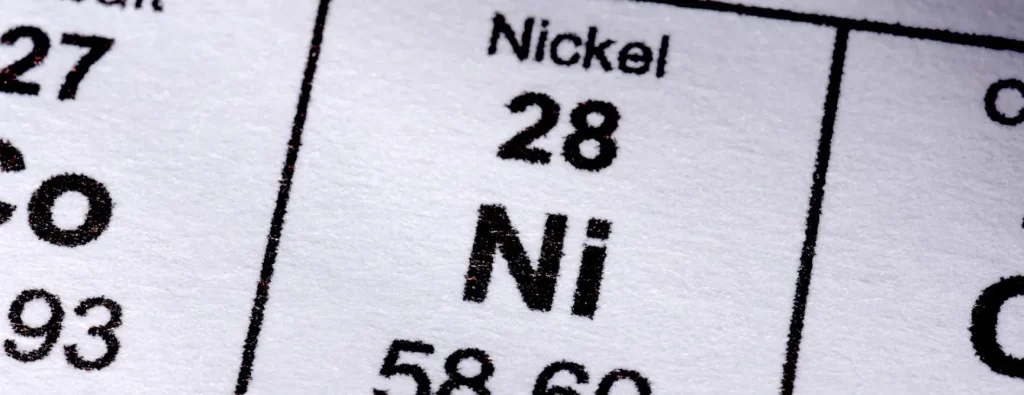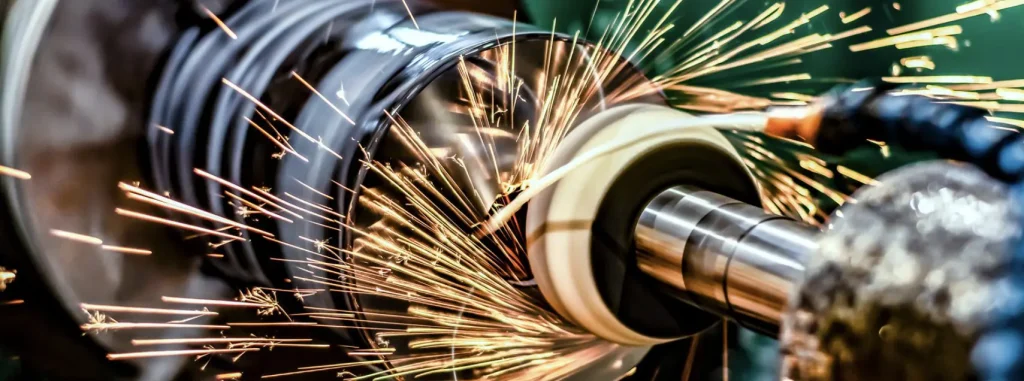Machinability and Characteristics of Inconel: Exploring Its Varieties and Features

Inconel is a high-performance nickel alloy renowned for its exceptional heat and corrosion resistance, making it an ideal choice for environments with extreme temperatures and corrosive elements. This article delves into the fundamental properties of Inconel, highlighting the unique characteristics of its various grades and essential points for efficiently machining these alloys.
What is Inconel?

Inconel is predominantly used in high-temperature and corrosive environments because of its superior heat and corrosion resistance. It is a nickel-based alloy combined with elements like chromium, iron, and carbon, providing its distinctive properties.
Comparison with Hastelloy
Inconel is often compared to Hastelloy, but these two alloys differ in mechanical characteristics. While Inconel focuses on maintaining high mechanical strength at elevated temperatures, Hastelloy prioritizes outstanding corrosion resistance. Although they share some compositional similarities, their intended applications and overall properties are quite distinct.
Characteristics of Inconel

Inconel is a versatile metal that retains strength and oxidation resistance at high temperatures, making it ideal for demanding applications in high-temperature and corrosive environments.
Heat Resistance
Inconel is particularly recognized for its ability to retain its strength even at extreme temperatures, up to approximately 700°C. This makes it a preferred material in industries like aerospace and automotive, where engine components are exposed to consistently high temperatures.
Corrosion Resistance
In addition to its heat resistance, Inconel excels in corrosion resistance, effectively preventing corrosion even at temperatures as high as 1000°C. It resists corrosion from water and numerous chemicals, making it invaluable in chemical processing and energy industries, where corrosion can significantly impact performance. This high resistance contributes to its long-term stability and reduced maintenance costs.
Challenges in Machining
Machining Inconel presents some challenges, as the material tends to harden during processing, a phenomenon called work hardening. During machining, tool wear can be severe, requiring careful management of the processing conditions. Selecting appropriate tools, cutting speeds, and coolants requires specialized knowledge, and skilled machinists are crucial to achieving precise results.
Types of Inconel

Inconel comes in various grades, each tailored to specific industrial needs and environmental conditions.
Inconel 600
Inconel 600 is known for its high oxidation resistance and resistance to stress corrosion cracking. Thanks to its chromium content, it shows excellent corrosion resistance in ammonia environments. These characteristics make it ideal for applications in water treatment equipment, aircraft exhaust systems, and electronic components. Inconel 600 provides reliable performance in environments involving water, chemicals, and high temperatures.
Inconel 625
Inconel 625 is particularly well-suited for use in highly corrosive environments like seawater. It offers superior resistance to pitting and crevice corrosion and retains its fatigue strength even at elevated temperatures, making it a preferred choice for components used in nuclear waste processing and marine applications. Its strength is maintained under challenging conditions, ensuring long-term performance.
Inconel 718
Inconel 718 is recognized for its excellent machinability, high tensile strength, and impressive fatigue strength, making it widely adopted in industries such as heat treatment and chemical processing. Its strength and durability make it especially effective in high-pressure, high-temperature environments where other materials might fail.
Key Points for Machining Inconel

While Inconel is known for its exceptional mechanical properties and corrosion resistance, it is also known for being difficult to machine. Here are key considerations when machining Inconel:
Tool Selection
It is recommended to use tools with coatings that offer high wear resistance, such as those made from superhard alloys. These coatings enhance tool life by offering increased resistance to heat and wear. The choice of cutting edge geometry is also crucial; tools with helical edges or multiple cutting blades help reduce cutting forces and facilitate better heat distribution during machining.
Machining Methods
Machining Inconel requires careful management of processing conditions due to its tendency to accumulate heat at the cutting edge. Adjusting rotational speed to minimize heat generation and employing multi-blade tools that efficiently distribute heat are essential strategies. The “sweet spot” for optimal machining conditions is narrow, so experienced operators must make fine adjustments to achieve precision.
Countermeasures for Work Hardening
Using coolants or cutting fluids is essential to mitigate work hardening during machining. These fluids help remove heat generated in the cutting process, reducing material adhesion and minimizing tool wear. For alloys like Inconel, managing machining heat is critical to ensuring smooth operations. Proper coolant selection directly improves tool longevity and product quality.
Trust Koyo High Precision for Machining Difficult-to-Cut Materials
At Koyo High Precision, we combine cutting-edge technology with years of hands-on experience to expertly handle the machining of even the most difficult-to-cut materials.
No matter how challenging the material, we can identify the perfect machining conditions by carefully monitoring chip formation, tool wear, cutting surface quality, and even the sounds during machining.
We are committed to providing customized solutions that meet your unique needs. Contact us today for consultations or quotations — we’re here to help with all your difficult-to-machine material requirements.
